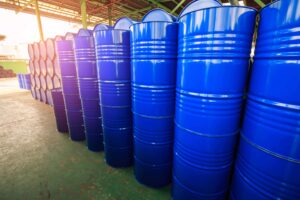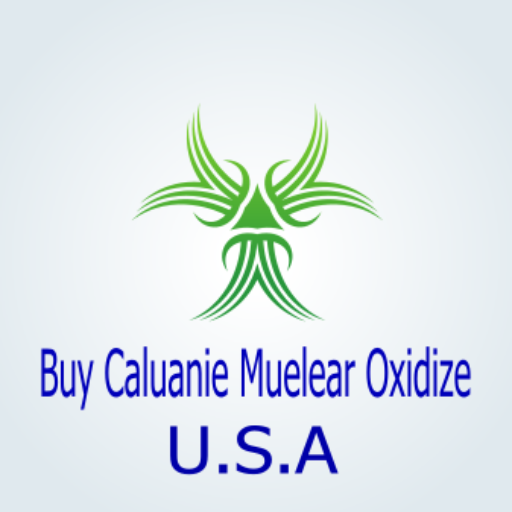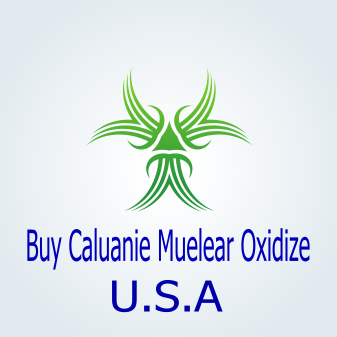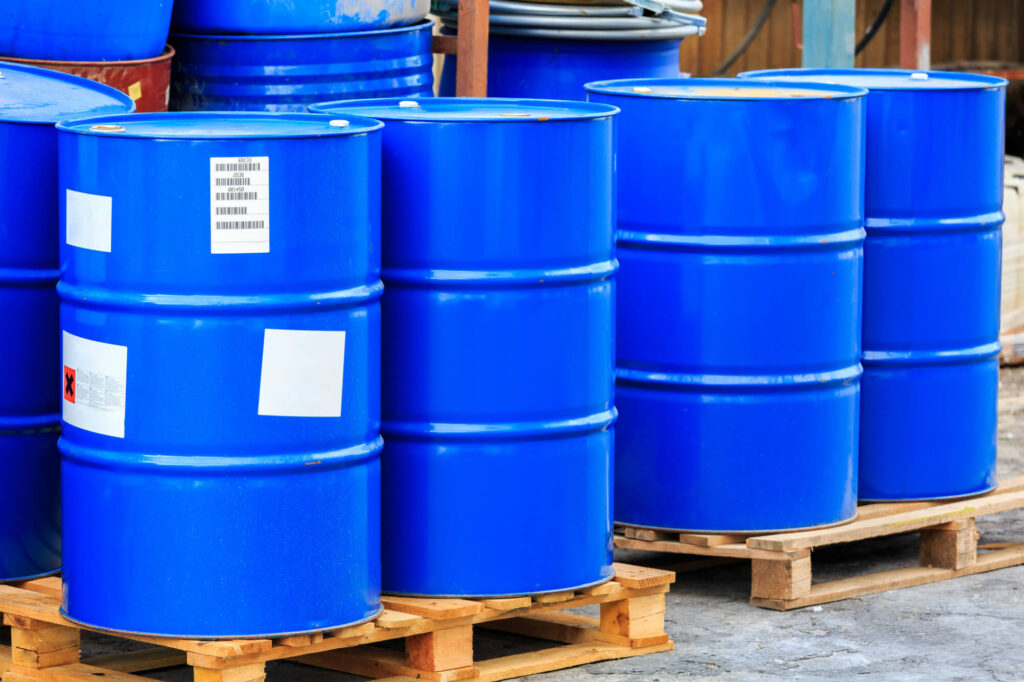Uncategorized
The Best Methods to Transport Caluanie Muelear Oxidize Legally & Safely
Transporting Buy Caluanie Muelear Oxidize Legally
Caluanie Muelear Oxidize is a powerful chemical with various industrial applications, including metal crushing and heavy-duty cleaning. Due to its highly reactive nature, it is classified as a hazardous substance. Transporting Buy Caluanie Muelear Oxidize safely requires adherence to strict regulations and safety protocols to prevent accidents, contamination, and legal repercussions. This article explores the best practices for transporting this chemical while ensuring safety, compliance, and environmental responsibility.
Understanding the Chemical Properties of Caluanie Muelear Oxidize
Before transporting Buy Caluanie Muelear Oxidize, it is essential to understand its chemical properties:
- Highly reactive: The chemical can react with certain materials, leading to potential hazards.
- Toxicity: It can be harmful if inhaled, ingested, or comes in direct contact with the skin.
- Corrosive nature: Buy Caluanie Muelear Oxidize can corrode certain metals and materials.
- Volatility: Under specific conditions, the chemical can evaporate, posing inhalation risks.
Understanding these properties helps in implementing proper safety measures during transportation.
Regulatory Compliance and Legal Considerations
Transporting hazardous chemicals such as Buy Caluanie Muelear Oxidize is subject to strict regulatory frameworks set by various national and international agencies. These include:
- United Nations (UN) Regulations: The UN classifies hazardous substances and provides guidelines for their safe transport.
- OSHA (Occupational Safety and Health Administration) Regulations: These ensure worker safety when handling hazardous chemicals.
- Department of Transportation (DOT) Regulations: DOT oversees the transportation of hazardous materials within a country.
- Environmental Protection Agency (EPA) Guidelines: EPA regulations prevent environmental contamination during transportation.
Ensuring compliance with these regulations is crucial to avoid penalties, legal issues, and accidents.
Packaging Requirements for Safe Transportation
Proper packaging is the first line of defense in preventing leaks, spills, and chemical exposure. The following packaging guidelines should be followed:
- Use UN-certified containers: These containers are specifically designed to handle hazardous substances.
- Select corrosion-resistant materials: Containers should be made from materials that do not react with Buy Caluanie Muelear Oxidize.
- Ensure airtight sealing: Containers must be tightly sealed to prevent leaks and evaporation.
- Label containers appropriately: Clear labeling with hazard symbols, handling instructions, and emergency contact details is essential.
- Use secondary containment: Double packaging or spill-proof secondary containment reduces risks in case of leakage.
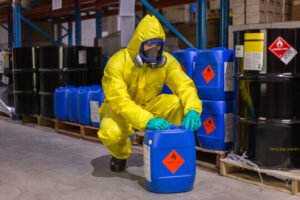
Transportation Modes and Best Practices
Selecting the appropriate mode of transportation depends on the quantity and distance involved. Each mode has specific safety measures:
1. Ground Transportation (Road & Rail)
- Use specialized hazardous material transport vehicles: These vehicles have containment systems to handle spills.
- Follow DOT-approved routes: Certain roads are designated for hazardous materials transport.
- Ensure driver training and certification: Drivers must be trained in handling hazardous substances and emergency procedures.
- Maintain proper documentation: Transport manifests, permits, and Material Safety Data Sheets (MSDS) should be carried.
- Monitor temperature and pressure: Some chemicals require stable environmental conditions during transit.
2. Air Transportation
- Adhere to International Air Transport Association (IATA) regulations: These guidelines specify packaging, labeling, and handling requirements.
- Use pressure-resistant containers: Air transport can cause pressure changes that may affect chemical stability.
- Conduct pre-transport inspections: Ensuring containers are free from damage reduces the risk of in-flight chemical exposure.
3. Sea Transportation
- Follow the International Maritime Dangerous Goods (IMDG) Code: This code provides guidance on packing, stowing, and handling hazardous chemicals at sea.
- Ensure proper container securing: Rough sea conditions can cause spills if containers are not secured correctly.
- Maintain emergency response plans: Ship crews should be equipped with response measures in case of accidental spills.
Safety Measures During Loading and Unloading
Handling Buy Caluanie Muelear Oxidize requires stringent safety measures to minimize risks:
- Wear Personal Protective Equipment (PPE): Gloves, goggles, respirators, and protective suits should be used.
- Use spill containment measures: Have absorbent materials and spill kits readily available.
- Implement proper ventilation: Loading and unloading areas should have adequate airflow to disperse any fumes.
- Restrict unauthorized access: Only trained personnel should handle the chemical.
Emergency Response Planning
Despite precautionary measures, emergencies can still occur. A well-structured emergency response plan should include:
- Spill response procedures: Steps to contain and neutralize spills immediately.
- Firefighting protocols: Training on which extinguishing agents are suitable for chemical fires.
- First aid measures: Guidelines on treating exposure or ingestion incidents.
- Evacuation plans: Clear exit routes in case of large-scale leaks or fires.
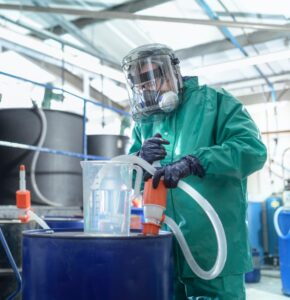
Environmental Considerations
Improper handling of Buy Caluanie Muelear Oxidize can have severe environmental impacts. Companies and transporters must implement:
- Waste disposal protocols: Dispose of any contaminated materials in compliance with environmental laws.
- Regular equipment inspections: Prevent leaks and contamination by checking transport containers and vehicles.
- Eco-friendly alternatives: If possible, explore alternative chemicals with lower environmental risks.
Conclusion
Transporting Buy Caluanie Muelear Oxidize safely requires a multi-faceted approach involving regulatory compliance, proper packaging, safe transportation methods, and emergency preparedness. Adhering to these best practices ensures the safety of transport personnel, the general public, and the environment. Companies handling this chemical must prioritize safety protocols to avoid legal consequences and hazardous incidents, making safe transport a fundamental responsibility for all stakeholders involved.
